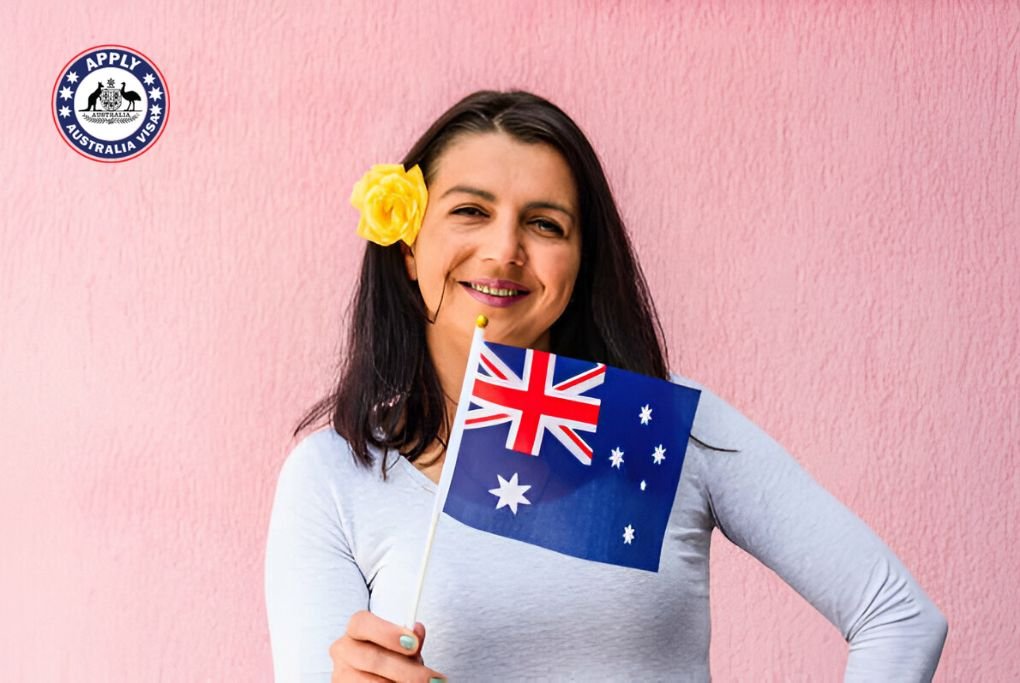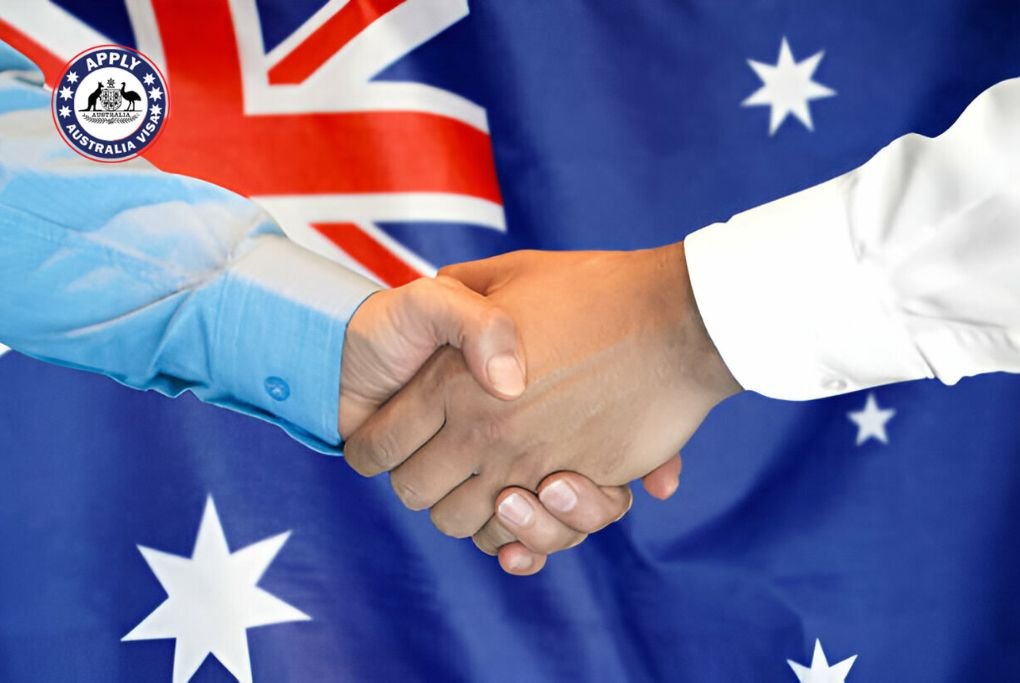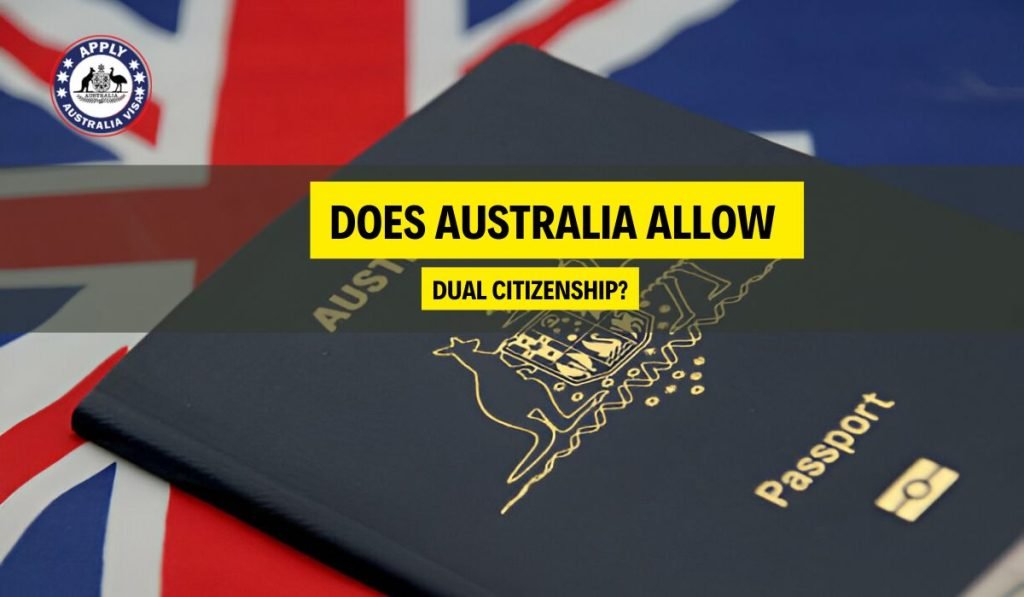If you’re picturing a new life in Australia, with its sunny beaches, growing job market, or relaxed vibe, you might be asking, “Does Australia allow dual citizenship?” The answer is yes, and this guide walks you through everything you need to know. Whether you’re moving for work, family, or a change of scenery, we’ll cover the rules, steps, and advantages of becoming a dual citizen. Let’s open the door to your Australian journey while holding onto your past!
What Is Dual Citizenship, and Why Should You Care?
Dual citizenship means you’re a citizen of two countries at the same time, with rights and responsibilities in both. For anyone thinking about Australia, this is a big deal. Imagine voting in Australian elections, getting healthcare through Medicare, and still traveling home easily with your original passport. Australia has allowed this since 2002, welcoming people from all over. Over 30% of its population was born overseas, according to the 2021 Census. It’s about building a life here without letting go of where you’re from.
Does Australia Allow Dual Citizenship? The Official Answer
Yes, Australia lets you hold dual citizenship, thanks to a law change in 2002. Before April 4, 2002, you had to give up other nationalities to become Australian under the old Citizenship Act. That’s history now. You can join Australia and keep your existing citizenship if your home country agrees. The UK, Canada, and New Zealand say yes, but places like India or Singapore might not. Over 7 million Aussies have migrant backgrounds, per the Australian Bureau of Statistics, showing how open the country is.
If you’re planning to travel abroad, understanding the Australian visa process can help you prepare for a smooth journey. Learn more about visa options and requirements to make informed travel decisions.
Who Can Claim Dual Citizenship in Australia?
Not just anyone can get dual citizenship. There are specific ways to qualify if you’re planning to move here. Babies born in Australia to a citizen parent get it automatically, often alongside a foreign parent’s nationality. Permanent residents can apply after four years of legal living, including one year with permanent residency. Kids born overseas to Australian citizens can register for citizenship by descent. You’ll need proof, like residency records or a clean background, and sometimes a test. Let’s see what works for you.

Eligibility Paths Explained
- Birthright: Born in Australia after August 20, 1986. If one parent is a citizen or permanent resident, you’re in. Since 2022, kids of New Zealand citizens born here qualify too, thanks to new rules.
- Naturalization: Move here, get permanent residency, and stay for four years, with one as a permanent resident. You need basic English and a good record. Small fines won’t stop you.
- Descent: Born outside Australia to an Australian parent? Register with the Department of Home Affairs. Bring proof like your parent’s passport or birth certificate.
Why Dual Citizenship Is Great for Migrants
Why bother with dual citizenship? The advantages are huge if you’re moving to Australia. An Australian passport lets you visit 139 countries without a visa, according to the 2025 Henley Passport Index. You can work anywhere here without visa worries and vote in elections to have a say. Medicare gives you affordable healthcare, perfect for families. Plus, keeping your original citizenship might let you own land back home or visit relatives easily. Sarah, a US-Australian citizen, works in Brisbane and vacations in California without stress.
If you’re planning to visit Australia, it’s important to stay updated on the Australian Visa Processing Time to ensure a smooth travel experience.
Step-by-Step: How to Get Dual Citizenship in Australia
Want to do this? Here’s how to become an Australian citizen while keeping your other nationality. First, get permanent residency through a work or family visa. Live here for four years, with one as a permanent resident, and don’t leave for more than 12 months total. Collect documents: birth certificate, passport, residency proof. Apply online with ImmiAccount, pay about AUD 540 (as of 2025), and get ready for the citizenship test if you’re 18-59. Pass it, go to a ceremony, and you’re done! Check your home country’s laws first.

Table: Application Process Breakdown
| Step | Details | Timeframe |
| Permanent Residency | Get a PR visa (e.g., Subclass 189) | 6-18 months |
| Residency Requirement | Stay in Australia legally | 4 years |
| Document Prep | Birth cert, passport, police check | 1-2 months |
| Application | Submit via ImmiAccount | 1-3 months processing |
| Citizenship Test | 20 questions on Aussie values | Within 6 months |
| Ceremony | Pledge allegiance | Within 6 months |
Top Countries That Work with Australian Dual Citizenship
Curious if your country allows this. Here’s a look at some big ones that do. The UK, Canada, and the US have no problem with it. Millions hold both citizenships easily. New Zealand’s close ties make it simple too. France and Italy often say yes as well. But India, China, and Japan usually don’t, so you’d have to pick. Visit your embassy’s website or the Department of Home Affairs for details. This helps you plan your move.
Table: Dual Citizenship Compatibility
| Country | Allows Dual with Australia? | Notes |
| UK | Yes | No limits |
| Canada | Yes | Easy process |
| US | Yes | Must file taxes globally |
| India | No | Requires renouncing |
| New Zealand | Yes | Extra residency benefits |
| Japan | No | Must choose by age 22 |

Challenges You Might Run Into (and How to Fix Them)
Dual citizenship has its bumps. Some countries won’t let you keep their nationality if you take Australia’s. You might face military service rules, like in South Korea. Taxes can get tricky; US citizens have to file worldwide. To handle this, check with your embassy or a migration lawyer. For tax stuff, find an accountant who knows dual citizenship. Tom, a Korean-Australian, avoided service by proving he lived here. Plan, and you’ll be fine.
Success Stories: Dual Citizens Doing Well in Australia
Let’s hear from people who’ve done it. Priya, an Indian doctor, moved to Melbourne on a work visa. After four years, she became Australian, giving up Indian citizenship because of their laws. She’s happy here. James, a UK engineer in Perth, keeps both passports for work and travel. Their experiences show what’s possible, whether you keep both or choose one. Australia
Your Dual Citizenship Journey Starts Here
Australia allows dual citizenship, making it a great spot for migrants like you. Whether you qualify through birth, residency, or family, the steps are clear if you prepare. Look up your home country’s rules, grab your documents, and go for it. Start at ImmiAccount or talk to a migration agent. Your new life in Australia is waiting. Why not make it official?
FAQ About Does Australia Allow Dual Citizenship
Can I Have Dual Citizenship in Any Country in Australia?
Australia has said yes to dual citizenship since 2002, meaning you can keep another nationality when you join. But your home country has to agree. Places like the UK, Canada, and New Zealand are fine with it. Others, like India or Japan, might not be. Ask your embassy to double-check.
Could I Lose My Australian Citizenship Once I Have It?
You’d have to mess up big time to lose Australian citizenship. Think serious stuff, like joining a terrorist group or fighting against Australia. Normal things, like living overseas or minor law slips, won’t touch it. Laws got clearer in 2021, so once you’re in, you’re pretty much set.
Do I Need to Tell My Home Country About Becoming Australian?
Nope, you don’t have to let your home country know. Australia sorts out its citizenship through the Department of Home Affairs, and they don’t pass the news along. Your home country won’t hear unless you spill it. Just make sure their rules don’t clash with keeping both.
What If My Country Says No to Dual Citizenship?
If your country, like China or Singapore, doesn’t allow dual citizenship, you might have to drop your original nationality to go Australian. Australia won’t care, but your home country could take your passport away. Look up their laws first. Priya from India chose Australia and made it work.
Is the Citizenship Test Tough to Get Through?
The citizenship test isn’t a big deal if you prep a little. It’s 20 questions, all multiple-choice, about Australia’s values, history, and government. Get 15 right, and you pass. Grab the free booklet from the Department of Home Affairs and try some practice questions. Most folks nail it first go.
How Much Time Does Dual Citizenship Take in Australia?
It varies by your situation. Permanent residents need four years here, including one with permanent residency. After applying, it’s 3-12 months for processing, plus time for the test and ceremony. Call it about five years in total. If you’re born here or have Aussie parents, it’s faster, maybe a year.



